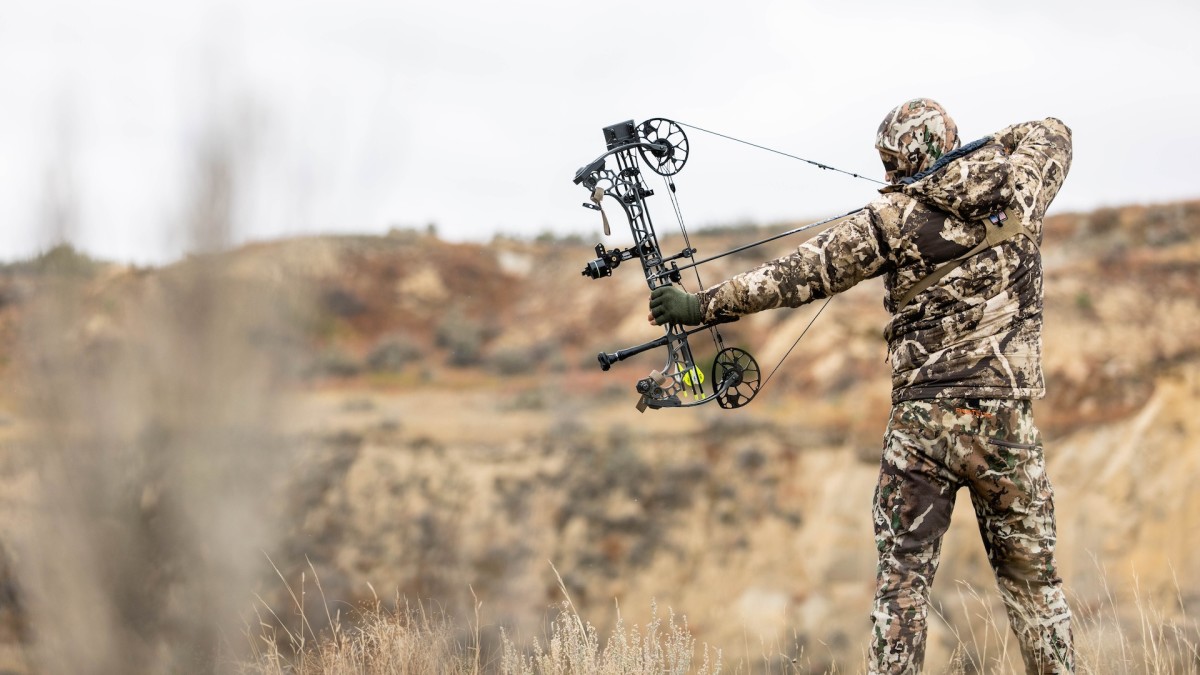
Hunting is a sport of continually changing variables, with every decision you make compounding on the next and altering the outcome of the day. The uncertainty is what makes hunting so exciting. The best hunts are usually days when success is completely inconceivable, and when you least expect it, things take a turn for the better.
But as we all know too well, more often than not, Murphy is bound to show up and hand you a low blow. The ones that really hurt are the ones that could have easily been avoided by a little preparation and proactiveness. Here’s a stupid-easy list of things that might just save you from kicking yourself on the way back to the truck next season.
Inspect and Draw Your Bow Before Every Hunt
This one is brought to you by an elk hunt that was going absolutely right, a Montana branch-antlered bull was headed my way, mere feet away from my shooting lane. Just when I thought it was a done deal, while drawing back my bow after six days of dirt naps, the universe had other plans. My normally silky-smooth bow made the loudest creek imaginable, stopping the bull in his tracks. Just as quickly as it happened, the jig was up, and I was soon returning home with a tag left in my pocket.
The moral of the story is the outcome of your entire hunt comes down to the utility of your weapon. Inspect it regularly, it only takes a couple seconds. In terms of bowhunting, throughout the hunt, give your bow several test draws to ensure dirt, snow, debris, and moisture haven’t worked their way into the moving parts.
Better yet, fire a single arrow prior to each hunt. While you’re at it, check for any loose fletchings, dirt stuck in the throat of your nocks, and ensure your broadheads are still tight. If this all seems obvious, it is, but I sure wish it was fresh in my mind that day in Montana.
Bring A Backup Release
Have you ever gotten to stand only to find that you forgot your release in the other backpack at home? Have you ever lost your handheld release in the woods, never to be seen again? Be honest. I know I’m not the only one.
Every hunt could be the hunt of a lifetime, don’t let a brain fart ruin it for you. Keeping a spare release in your backpack is an easy way to save the hunt.
Test Your Broadhead Accuracy
Many green hunters take to the field every year with broadheads that have never been shot, placing endless faith in the manufacturer’s claim to field point accuracy. I’ll admit to being guilty of this in my younger days, when money was tight, and a $30 six-pack of Thunderheads should have lasted me several seasons.
What I’ve since come to learn is that broadheads, especially fixed blades, seldom fly like field points. It is not until you’ve fine-tuned your bow that broadheads start to group with your field points. Replacement blades or expandable broadheads that have a practice mode are a cheap way to leave nothing to chance. You might save yourself from future heartbreak after learning that your bow needs a little tune-up before taking to the woods.
Bring A Replacement Rangefinder Battery
We all think we’re experts at judging yardage and don’t really need rangefinders. We just carry one for validation of our always accurate yardage estimations, right?
Joking aside, few inventions have been as impactful on hunting as handheld rangefinders, which we now take for granted. That is, until the battery dies. Now you have to make the ethical decision—how far can I realistically shoot, not knowing the exact yardage?
After everything that’s gone into the hunt, it’s not fun when tiny details like this ruin your day. Carrying a packable possibles bag, battery inclusive, on every hunt is cheap insurance. Other archery kit items should include extra D-loop material, serving material, replacement nocks, a judo or field point to verify your zero, backup release, super glue, and a bit of moleskin.
Silence Your Bow
These days, bow and arrow rest manufacturers do a pretty good job at incorporating silent operation into their design. However, they still need help to keep them lethally quiet. After all, one subtle but unnatural noise is all it takes for a deer to pinpoint you and send him high-tailing away.
Start by checking the condition of the felt on your arrow rest, repair if necessary or just ensure that it stays in good shape. Next, check to see if your arrow rest has enough play to allow your arrow to come into contact with the riser, shelf, or scope housing when canting your bow in all directions. Oftentimes, even full containment drop-away arrow rests have points of contact between the arrow and riser or scope housing. A little moleskin can easily remedy that problem.
On the topic of silencing your bow, string silencers, low-profile streamlined fletchings, new strings and cables, and low-drag broadheads and semi-heavy arrows can all help a bit. While you’ll never make your bow completely silent, and the speed of sound will always be faster than your bow and arrow, why not do everything you can to stack the deck in your favor?
Feature image via Captured Creative.






Conversation